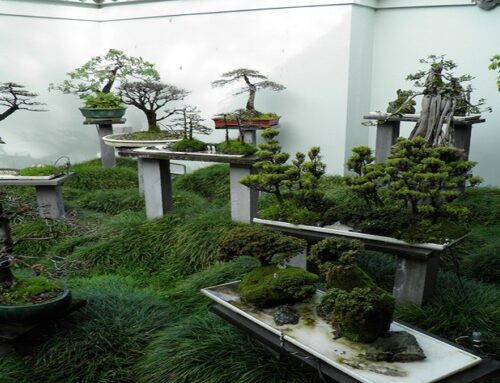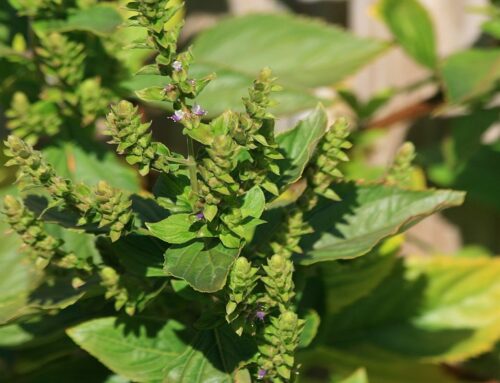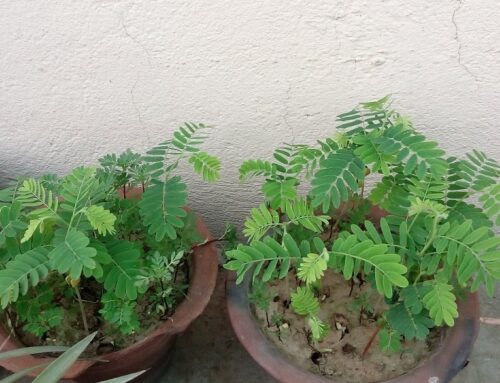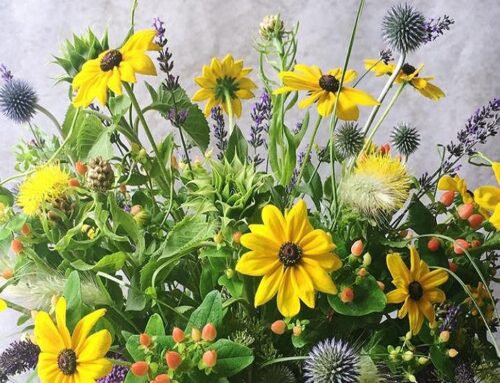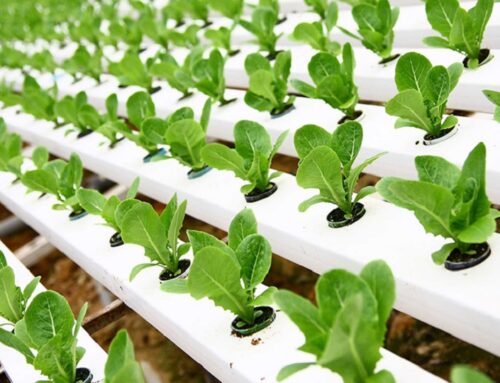Black pepper is a plant of humid tropics and flourishes in warm, moist climate. An annual rainfall of 2500 mm is suitable for its cultivation. Black pepper can tolerate a temperature range of 10-40 degree Celsius. It grows well from the mean sea level up to an altitude of 1200 meters. Black pepper grows well in well-drained clay-loam soil which is rich in organic matter (humus).
Propagation
Black pepper is propagated from cuttings of the runner shoots which originate from the base of the vines. Cuttings from the lateral fruiting branches may also be used for propagation. 40 to 50 centimetres long cuttings are generally used.
Planting Method
In tropics, vines from which cuttings are made for propagation are separated from the mother plant during February-March. Vines are cut into equally long cuttings and each cutting needs to have at least 2 -3 nodes. Cuttings are then planted in polybags or bamboo baskets or well-prepared nursery beds.
Raising of cuttings in polybags or bamboo baskets
Containers are filled with well-prepared growing media and cuttings are planted in them @one cutting per polybag or bamboo basket. Cutting is planted with at least one node below the soil level. After planting, polybags or bamboo baskets are kept in shade.
Raising cuttings in nursery beds
Nursery beds are prepared under shade by ploughing and levelling the soil followed by bed making. Then nursery beds are filled with fine soil and a suitable growing media before planting the cuttings in beds at appropriate spacing. Each cutting is planted with at least one node below the soil.
Planting time
Cuttings will be ready for transplanting during June-July. In India, black pepper is planted at the onset of south-west monsoon which begins in the month of June.
Live Support Plants or Standard Plants Used for Black Pepper Plantations
In India, most commonly used support plants for training black pepper climbing vines are Erythrina indica; Garuga pinnata; Spondias mangifera; and silver oak (Grevillea robusta).
In some countries dead hardwood supports are used as support for black pepper plants.
Field Preparation
Main field or planting site is prepared well in advance by ploughing and levelling of the land. Pits of 0.5m x 0.5m x 0.5 m size are prepared in the site at a spacing of 3-4 meters apart in each direction. With the fist showers, cuttings of the selected support plant are planted in these pits as standards. After one month, cuttings of black pepper are planted @ 2-3 cuttings/standard about 30 centimeters away from the base. Each cutting is secured to the support by using a fiber.
Pepper may also be grown in association with mango, coconut and jackfruit trees.
Pruning of Support Plants
Pruning of support plants or standards may be necessary just before flowering and fruiting stages of plant production. Too much shade during flowering and fruiting stages may adversely affect the plant production. In tropics, pruning of standards is done during March – April.
Irrigation
In humid tropics, black pepper is mainly grown as a rainfed crop.
Fertilizer Application and Manuring
Soon after planting, each vine may be supplied with about 10 kilograms of farm yard manure or compost as a basal dose. The manure or compost needs to be applied around the base of the vine at a distance of 30 cm from the base and up to a depth of about 15 cm. After applying the manures in the soil, it needs to be incorporated into the top soil by using a fork. One kilogram of lime may be applied in alternate years during April-May in order to improve soil fertility.
On an average each vine requires about 100 grams of nitrogen, 160 grams of phosphorous and 60 grams of potassium per year in two equal doses when they are 3-4 years old.
Intercultural Operations
Digging around the standards and base of the vines up to a diameter of 2 meters is recommended at least twice a year. First digging is done during August-September and second digging is done during October-November.
If the black pepper plantation is located in hill slopes, adequate soil conservation measures such as cover cropping need to be adopted.
Harvesting
Black pepper starts bearing fruits from third year of planting. Flowering begins in June and it takes about 6-8 months from flowering to harvesting.
The season for harvesting mature berries in India is November – February in plains and January – March in hills.
Harvesting is done by plucking the spikes when one or two berries turn colour from green to yellow to red.
Curing of Black Pepper
Freshly harvested spikes are spread on a clean floor or on clean mats. Berries are separated from spikes by trampling. Separated berries are cleaned and dried in the sun for up to one week until the outer skin shrink and turn to black colour. Thus black pepper of commercial use is obtained. Recovery of black pepper is about 33 percent of ripe green berries.
White pepper is prepared from fully ripened berries. All red coloured fully ripened berries are taken and their outer skin along with pulp is removed before drying them.
Recovery of white pepper is 25 percent of the ripe red berries.
Yield
Even though the black pepper plant starts bearing from third year onwards, yield becomes stable from 7 th or 8 th year onwards. Generally speaking, one hectare of black pepper plantation yields about 600-800 Kg black pepper.
Optimum yield of a black pepper plantation at low-input farming system is,
- Unprocessed green pepper-6 tons/ha
- Sundried black pepper-2 tons/ha
- Washed and dried white pepper-1.67 tons/ha
In plantations, with higher inputs, yields may be 8-9 tons/ha of green pepper in the first harvest and 12-20 tons/ha in the sixth or seventh harvest.
Economic Life of a Black Pepper Plantation
A black pepper plantation begins to bear in 3-4 years, reach full production after 7 years and with an economical life over 20 years.
Under good cultural management practices, a black pepper plantation remains productive up to 25 years. Under best practices, the vine may live up to 40-60 years.
Grading of Black Pepper
Grading of black pepper is normally done based on their source of origin.
- Indian Black Pepper
- -Indian black pepper grades are: Malabar and Tellicherry. Both grades are very aromatic and pungent.
- Malaysian Black Pepper
- -Malaysian blackpepper grade is Sarawak black pepper. Sarawak pepper is mild, less aromatic and fruity. It is a small-fruited black pepper that takes on a greyish colour during storage. Sarawak pepper is native to the Malaysian region of Borneo.
- Indonesian Black Pepper
- -Indonesian black pepper grade is Lampong. Lampung hails from island of Sumatra. It is a small-fruited black pepper that takes on a greyish colour during storage; Lampong pepper is pretty hot with a less-developed aroma.
Grading of White peppercorns
- Indonesian white peppercorns-White Muntok and Sarawak pepper comes from Indonesia. Sarawak is light-coloured; the best quality white peppercorn is known as Sarawak Cream Label.
- Brazil white peppercorns-Brazil white pepper, i.e. Belém, named after its main port, has mild quality, and a poorer flavour. It is less reputed in the international trade.
In addition to this, Vietnam pepper (blackpepper and whitepepper) and Kampot Pepper (black, green, red, and white) of Cambodia are also available in the international market.
Storage
Since peppercorns lose its typical aroma and flavour through evaporation, it is advised to store peppercorns in air tight containers. It also helps to preserve its spiciness for a longer period.
We have a book on ‘Black Pepper‘….
Check out our publishing services here…
We publish top quality videos on various ‘Food & Agriculture’ topics. You may subscribe our video channel here…


